Genotype
The genotype of an organism refers to the genetic makeup of that organism. It is the collection of all the genetic information that an organism inherits from its parents. The genotype is responsible for the specific traits and characteristics that an organism displays.
Study Guide for Genotype
- Definition: The genotype is the complete set of genes and genetic material present in an organism.
- Genes: Genes are the units of heredity that are passed from parents to offspring. They determine the specific traits and characteristics of an organism.
- Alleles: Alleles are different forms of a gene that can occupy a specific position, or locus, on a chromosome. For each gene, an organism inherits two alleles, one from each parent.
- Homozygous and Heterozygous: If an organism inherits two identical alleles for a particular gene, it is said to be homozygous for that gene. If it inherits two different alleles for a particular gene, it is said to be heterozygous for that gene.
- Phenotype: The phenotype is the physical expression of the genotype. It refers to the observable traits and characteristics of an organism, such as its appearance, behavior, and other physical attributes.
- Punnett Squares: Punnett squares are diagrams used to predict the genotype and phenotype of offspring from a genetic cross between two parents. They help in understanding the inheritance patterns of specific traits.
Understanding genotype is crucial in the study of genetics and inheritance. It helps in predicting the likelihood of certain traits being passed on to offspring and in tracing the transmission of genetic disorders within families.
.◂Science Worksheets and Study Guides Sixth Grade. Introduction to Animals
Study Guide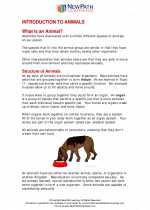 Introduction to Animals
Introduction to Animals  Activity Lesson
Activity Lesson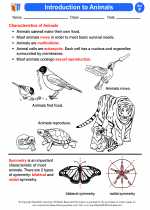 Introduction to Animals
Introduction to Animals  Worksheet/Answer key
Worksheet/Answer key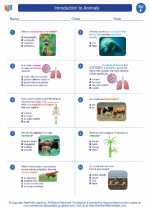 Introduction to Animals
Introduction to Animals  Worksheet/Answer key
Worksheet/Answer key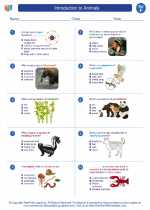 Introduction to Animals
Introduction to Animals  Worksheet/Answer key
Worksheet/Answer key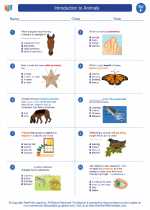 Introduction to Animals
Introduction to Animals  Vocabulary/Answer key
Vocabulary/Answer key Introduction to Animals
Introduction to Animals  Vocabulary/Answer key
Vocabulary/Answer key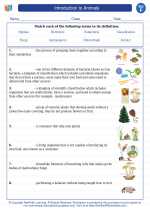 Introduction to Animals
Introduction to Animals  Vocabulary/Answer key
Vocabulary/Answer key Introduction to Animals
Introduction to Animals  Vocabulary/Answer key
Vocabulary/Answer key Introduction to Animals
Introduction to Animals 

 Activity Lesson
Activity Lesson
 Worksheet/Answer key
Worksheet/Answer key
 Worksheet/Answer key
Worksheet/Answer key
 Worksheet/Answer key
Worksheet/Answer key
 Vocabulary/Answer key
Vocabulary/Answer key
 Vocabulary/Answer key
Vocabulary/Answer key
 Vocabulary/Answer key
Vocabulary/Answer key
 Vocabulary/Answer key
Vocabulary/Answer key

The resources above cover the following skills:
LIFE SCIENCE
From Molecules to Organisms: Structures and Processes